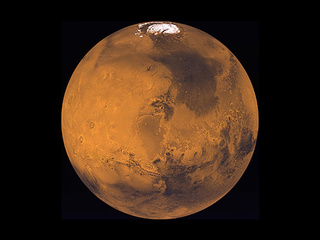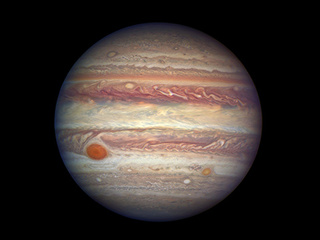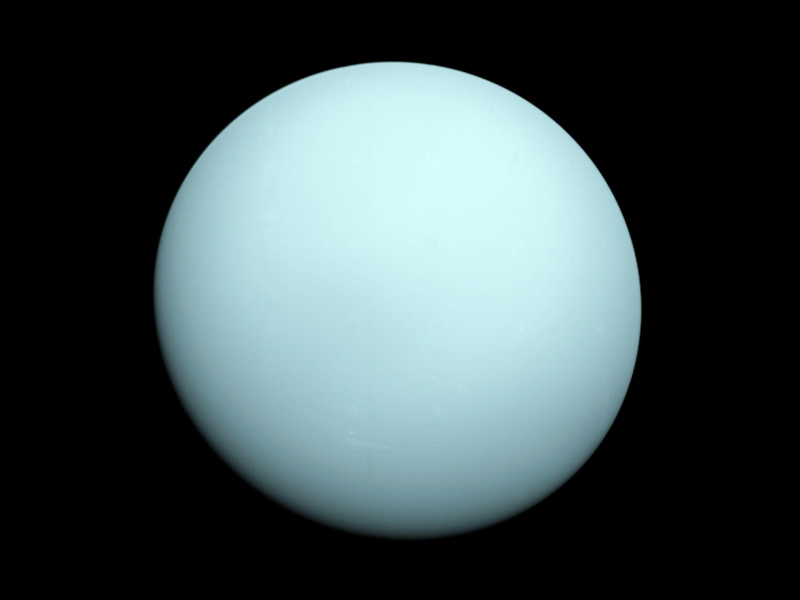5 planets party in the western sky this week
If you’re looking to chill under the stars with a few out-of-this-world friends this week, boy have the stars — well, actually the planets — aligned for the perfect extraterrestrial event.

“Don’t forget to look to the sky at the end of the month for the planetary alignment which will have at least five planets — plus the moon — all visible in almost an arc shape as seen from Earth,” tweeted former Apollo astronaut Buzz Aldrin.
Anyone anywhere on Earth with a clear view of the sky can check out the cosmic gathering of Mercury, Venus, Mars, Jupiter and Uranus. Just look up and to the west.
“That’s the beauty of these planetary alignments,” NASA astronomer Bill Cooke told the Associated Press.
All five can be seen now, but the best day to see them is March 28, when the planets stretch from the western horizon to about halfway up the sky. Mercury and Jupiter, however, will dip out quickly, falling below the horizon about 30 minutes after the sun sets.
Jupiter, Mars and Venus, the third brightest object in the sky after the sun and moon, can be seen easily by the naked eye, but sky watchers might need to bring binoculars to the party to catch a glimpse of VIPs Mercury and Uranus.
This is a rare chance to take in the glorious green glow of Uranus, which will be hanging out just above Venus and usually isnʻt visible at all.
“Wait until the sun has set and then go out and look low in that bright part of the sky where the sun has just set with binoculars, and you should see brighter Jupiter next to fainter Mercury,” Rick Fienberg, senior contributing editor of “Sky & Telescope” magazine, told NPR.
Jupiter and Mercury’s hangout spot will be close to the horizon while Mars flirts with the crescent moon as Venus eavesdrops nearby. If you look really close, you might even be able to see the Messier 35 star cluster lurking close to Mars, too, according to the Farmers’ Almanac. Look for faint stars that form curves and festoons with a reddish star in the center.
The lineup, however, isn’t a true planetary alignment since the five friends won’t be in a straight line from the perspective of the sun. This type of outer space order happens when the orbits of the planets bring them inline on one side of the sun from Earth’s perspective.
Mercury, Venus, Mars, Jupiter and Saturn hung out together in the night sky in June 2022 for the first time since December 2004; it isn’t expected to happen again until 2040. But these types of planetary alignments aren’t as rare as some might think. Mercury, Jupiter, Saturn, Uranus and Neptune will appear in alignment this June, and other planetary parties are expected April 11 and Aug. 24.
Fortunately, the National Weather Service in Honolulu is forecasting a relatively dry pattern to continue through at least tonight as trade winds shift southeasterly.
If you’re on Kaua‘i though, chances might not be as good to see the alignment as a front will stall out west of the island Tuesday through Thursday. The system will bring the potential for some heavier showers and thunderstorms, particularly over the western islands.
Most of the planet posse will continue to be visible through Thursday though, so happy sky watching!
Sponsored Content
Comments



















